Look up: You can see the Milky Way without a telescope this summer
It’s estimated that almost 80 percent of the people who live in North America have never seen the Milky Way. That might sound like a …
It’s estimated that almost 80 percent of the people who live in North America have never seen the Milky Way. That might sound like a …
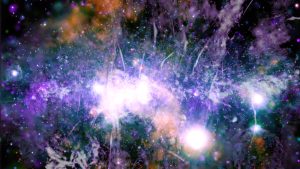
Scientists discovered the star SMSS1605-1443 in 2018. Upon discovery, they determined that it was perhaps one of the Milky Way’s oldest stars based on its …

The Milky Way is over 13 billion years old, and in that time, it has apparently had more than one galactic core. At least, that’s …
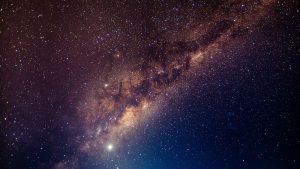
The Milky Way is not just home to our solar system, it’s also home to a graveyard of ancient stars, a new study says. Researchers …
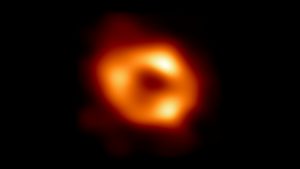
Astronomers have discovered a bubble of gas orbiting our galaxy’s black hole. Earlier this year, astronomers brought us our first image of Sagittarius A (or …

If there’s one area where Apple consistently struggles to blow away the competition, it’s the photography. Apple’s homegrown processors might be incredibly powerful and its …

Scientists have spotted the building blocks of RNA at the center of the Milky Way. They published their findings in Frontiers in Astronomy and Space …
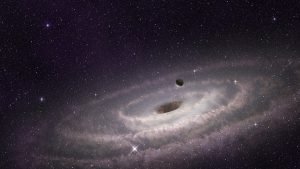
The supermassive black hole at the center of our galaxy may not be sleeping, after all. Previously, scientists believed that the supermassive black hole at …

NASA’s Hubble Space Telescope has delivered so many incredible images of objects and structures in space that it’s easy to forget that NASA has a …

Scientists have discovered the remains of an ancient “fossil galaxy” hiding inside of our own Milky Way. The galaxy is what’s left of a very …
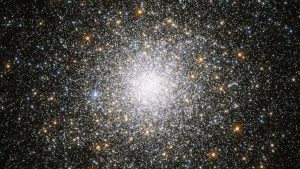
A blast of radio energy called a fast radio burst has been detected repeating within our own galaxy. FRBs are believed to be caused by …

Scientists are trying to narrow down the possible sources of gamma radiation coming from the center of the Milky Way. The latest research shoots down …

Astronomers have discovered some truly ancient stars hanging around the edges of the Milky Way galaxy. The scientists believe the stars are all that remains …

What are the actual odds that we’ll discover intelligent alien life in our galaxy? Not good, unfortunately. The size of the Milky Way means it’s …

Scientists using data from the Kepler Space Telescope estimate that there are roughly 6 billion Earth-like worlds in the Milky Way galaxy. The researchers suggest …
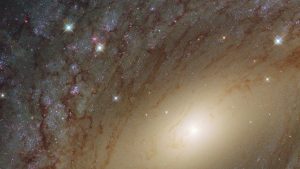
From our perch here on Earth, it’s impossible for most of us to notice changes happening in our home galaxy, the Milky Way. Astronomers, on …

Studying a galaxy from the inside can be a tricky thing, but astronomers have still managed to learn a great deal about our own Milky …

When you look up at the night sky you see a lot of stars that, in relation to our own planet, haven’t moved a whole …

We often think of our home galaxy, the Milky Way, as being a self-contained collection of stars, planets, gas and dust. Sure, it’s going to …

For astronomers, discovering new worlds, stars, and even entire galaxies is really only half the battle. Once discovered, explaining how new features of space formed, …

Back in early 2018, the European Space Agency released the second phase of Milky Way mapping data collected by the agency’s Gaia satellite. With a …

The center of the Milky Way galaxy is somewhere you wouldn’t want to be. We have it pretty easy here on Earth, orbiting our star …
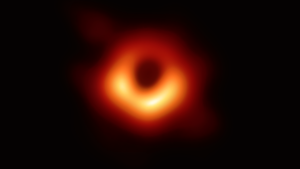
After years of work and a whole lot of hype, researchers working with the Event Horizon Telescope project finally unveiled the very first image ever …

Judging the size of something is often best done when comparing it to other things, but that line of thinking tends to break down when …

Our Solar System has remained largely unchanged for billions of years, and it’s likely to remain that way for a long time to come, but …
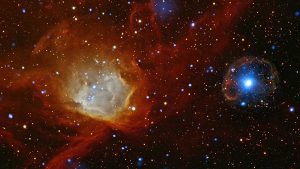
As chaotic as life is here on Earth, it’s not often that we have time to look up at the night sky and ponder the …
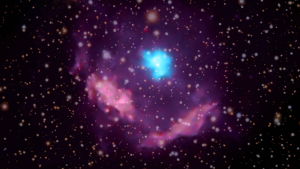
Many of the objects NASA and other scientific bodies choose to study in space are incredibly old, but that’s not the case with Kes 75. …